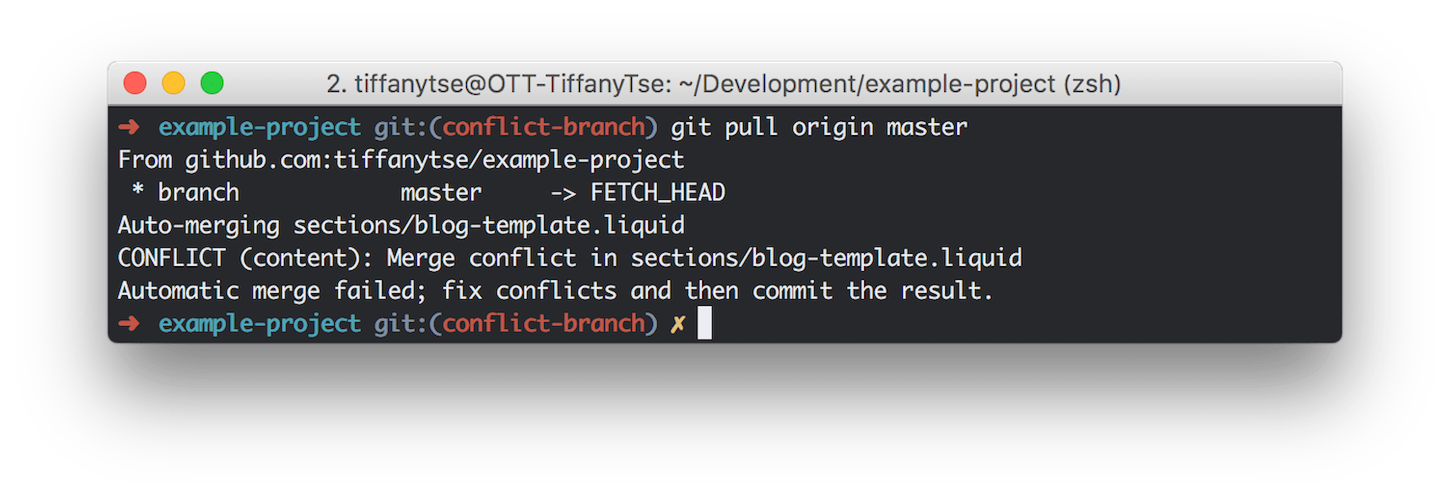
We have new changes in the remote master branch, and we want to bring the changes directly to our development branch without updating the master branch. Other developers working on the same project follow the same workflow. We have created a development branch where we make edits, merge them to the master and push them to the remote repository. In our repository, we have the master branch. However, it does not require a remote tracking branch. You will need to run the git fetch command first since your local repository is unaware of the changes in the remote repository.Ĭombined with the git fetch command, the git merge origin/master command works like the git pull command. On its own, the git merge origin/master command does not affect local branches.

The git merge origin/master integrates changes from the remote master branch to the current branch. You will have to specify a remote branch in such a situation. If you have not set up a remote tracking branch for your local branch, the git pull command on its own will fail. A remote-tracking branch is a branch in the remote repository to which your local branch pulls changes from and pushes changes to. The git pull command requires your local branch to have a remote tracking branch. It will store the commit at the tip of all the remote branches. In simpler terms, Fetch_Head is the reference that keeps track of what has been fetched. The git push command will fetch changes from the remote repository and invoke the git merge command to merge Fetch_Head to the checked-out local branch. the git pull CommandĪccording to the Git documentation, by default, the git pull command is a combination of two commands. We will start by dissecting each command to derive the key difference. However, unlike with the default Preview behavior, you'd then keep the branch around instead of deleting it, so that you can push to it again in the future.So rechnest du mit Restwert! Python Built-Ins | #Shorts Difference Between git merge origin/master and git pull

Once you're happy with your changes, you would then merge the respective Preview Branch into your Production Branch.
#GIT PULL ORIGIN MASTER UPDATE#
Add Environment Variables that you'd like to use for your new Staging phase on your Vercel project like this.Īfterwards, you can push to the "staging" Git branch to update your Staging phase and it will automatically receive the Domain and Environment Variables you've defined.Add a Domain of your choice (like "") on your Vercel project and assign it to the "staging" Git branch like this.

Create a Git branch called "staging" in your Git repository.For Domains, it can be done like this and for Environment Variables like this.įor example, you could create a phase called "Staging" where you can accumulate Preview changes before merging them onto Production by following these steps: If you'd like your changes to pass through multiple phases of previewing instead of just one, you can accomplish it like so:ĭomains and Environment Variables can both be assigned to specific Preview Branches on their individual settings pages. If the commit author gets accepted as a member of the Team, however, their most recent commit will resume to be deployed to Vercel automatically.Ĭommit authors will automatically be considered a part of the Team on Vercel if one of the existing members connected their Personal Account on Vercel with the Git account that created the commit.įor most use cases, the default Preview behavior mentioned above is enough. After that, the owners of the Team will be notified and can either accept or decline the membership request on the Members page in the Team Settings.ĭeclining the request will leave the commit undeployed. If the commit author is not a member, the Deployment will be prevented and a request to join the Team can be issued by the commit author. The membership is checked by finding the Personal Account associated with the commit author through comparing Login Connections, and then, if a Personal Account is found, checking if it is a member of the Team. In order to deploy commits under a Vercel Team, the commit author must be a member of the Team that contains the Vercel project that is connected to the Git repository.


 0 kommentar(er)
0 kommentar(er)
